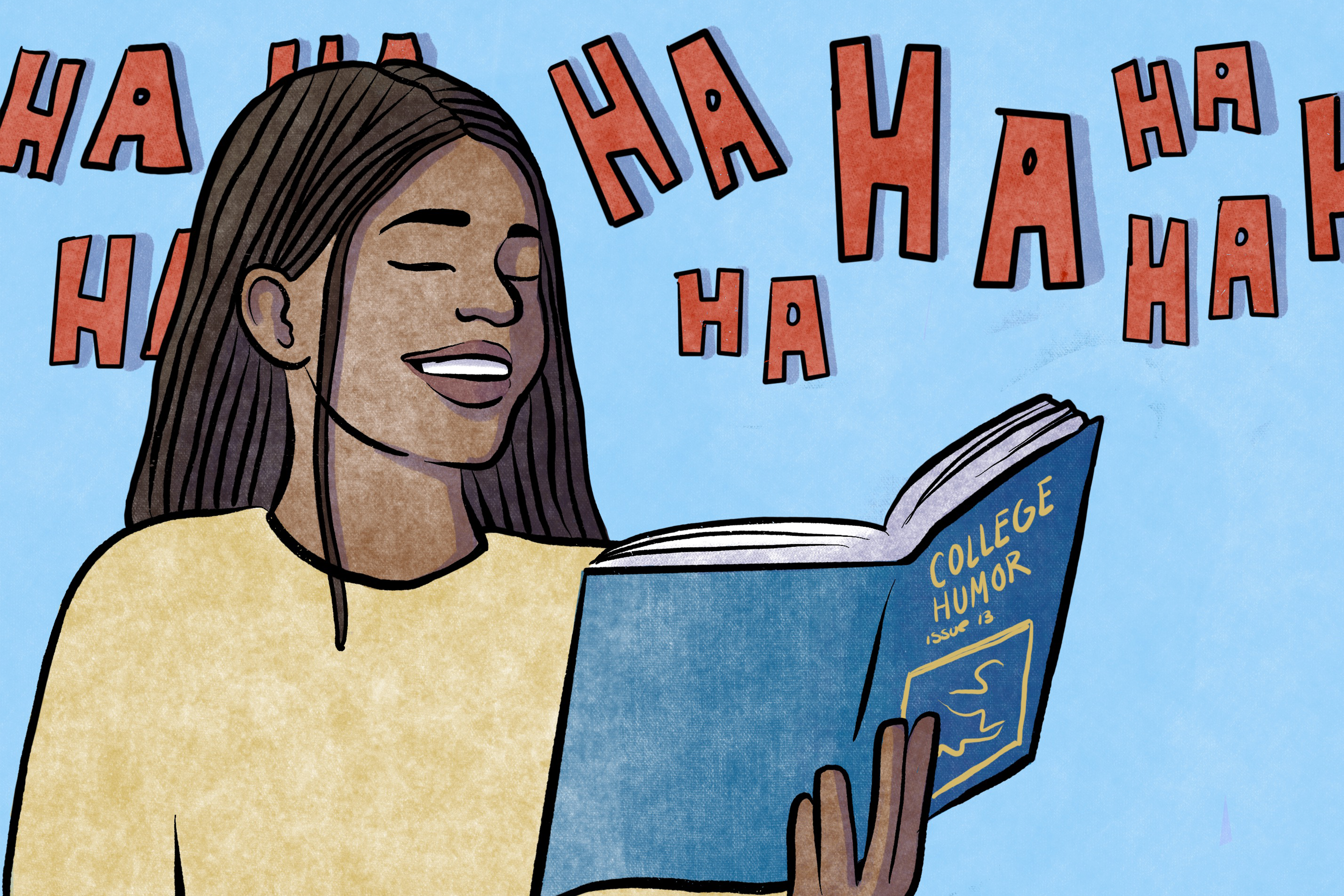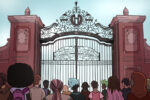The year is 1978, and National Lampoon’s “Animal House” just hit theaters, boasting a cast and crew of upcoming industry giants like actors John Belushi (later known for “The Blues Brothers”), Tom Hulce (“Amadeus”) and Kevin Bacon (“Footloose”). Harold Ramis, who would go on to either write or direct films such as “Ghostbusters,” “Groundhog Day” and “Caddyshack,” helped to write the movie’s screenplay, and John Landis, also of “The Blues Brothers” fame, directed it.
National Lampoon’s star-making power was strong throughout the ‘70s and the ‘80s. Bill Murray, Dan Aykroyd, Gilda Radner, and Chevy Chase received their first career bumps in the National Lampoon live shows of the mid-‘70s, and partially owe their success to the organization.
And “National Lampoon” itself? Well, it owes its success to Harvard.
The Harvard “Lampoon” is the official humor magazine of Harvard University and was founded in 1876, making it one of the oldest humor magazines in the country. In its long run, the magazine accumulated many famous alumni, including renowned comedian Conan O’Brien, Saturday Night Live correspondent Colin Jost, a large portion of the original “The Simpsons” writers’ room, and, of course, William Randolph Hearst. In 1970, still affiliated with the college, some magazine alumni graduated and founded an offshoot, and thus, “National Lampoon” was born.
However, despite its notoriety, the original “Lampoon” is not necessarily unique. Most Ivy Leagues and historic American universities have had some form of humor magazine at some point. Brown has “The Brown Jug,” Columbia has “The Jester,” and Yale has “The Yale Record.” Non-ivies have had them, too, particularly during the ‘70s, likely as a response to the popularity of the “National Lampoon.” For example, my soon-to-be alma mater, the University of Arizona, had the short-lived and aptly titled “The Pothole.”
While they’re still active, the modern editions of these publications are online, with somewhat clunky, difficult-to-access websites and generally sporadic upload schedules. Occasionally, the magazines will have multiple websites, some of which editors haven’t updated in years. A few magazines are more present on their Instagram accounts, where they post grungy cartoons more regularly.
In contrast, the websites for each school’s respective student newspapers are almost always immaculately maintained and rapidly accessible. For example, Harvard’s main newspaper (and the “Lampoon’s” long-standing rival), “The Harvard Crimson,” has a well-kept website that is clean, intuitive, and regularly updated. The same goes for “The Columbia Spectator” and “Yale Daily News.”
The question, then, is what does the newspaper offer that the comedy magazines can’t? Print may be “dead,” but if college newspapers have managed to remain successful throughout their dying digital breaths, what went wrong with the “Lampoon?”
Unfortunately, the answer may be the premise of the humor magazine itself.
During their prime, the point of both the “Lampoon” and its more famous spinoff was to be irreverent, lending a voice to the comedy counterculture. Now, with the advent of social media and short-form content’s rise in popularity, the speed of pop culture is so fast that any humor publication will inevitably seem dated by the time it hits print. Even with their weekly turnover rate, “Saturday Night Live” is regularly mocked on TikTok and YouTube for being out-of-touch.
Improv, a form of humor better suited to keeping up with topical commentary and cutting-edge comedy, has also swept college campuses in recent years. Harvard has the “Immediate Gratification Players,” who are active on Instagram and on campus, and Yale, Columbia, and Brown all host one or more student improv groups. In a world that gets faster every day, the rapid pace of improvisational comedy seems more aligned with the cultural zeitgeist.
One has to wonder, though, what effect the fading art of the college humor magazine will have on future celebrities and media. Traditional media tends to lag, but in the last ten years, the online space has shifted away from heavily scripted sketch videos, such as the ones once produced by the popular YouTube channels Smosh and College Humor. Rather, audiences seem to favor short-form improvisational and personality-driven content, as is now produced on Smosh and College Humor’s rebranded successor, Dropout.
There’s something to envy when picturing the halcyon days of raw creative energy that founded the college humor magazine and eventually started “National Lampoon.” That so many now-legends were all in one place at one time can sometimes feel unfair in retrospect. However, the internet has brought a whole new breeding ground for comedy and connection– perhaps our generation’s “Groundhog Day” is being uploaded as a three-hour video essay at this very moment.


















